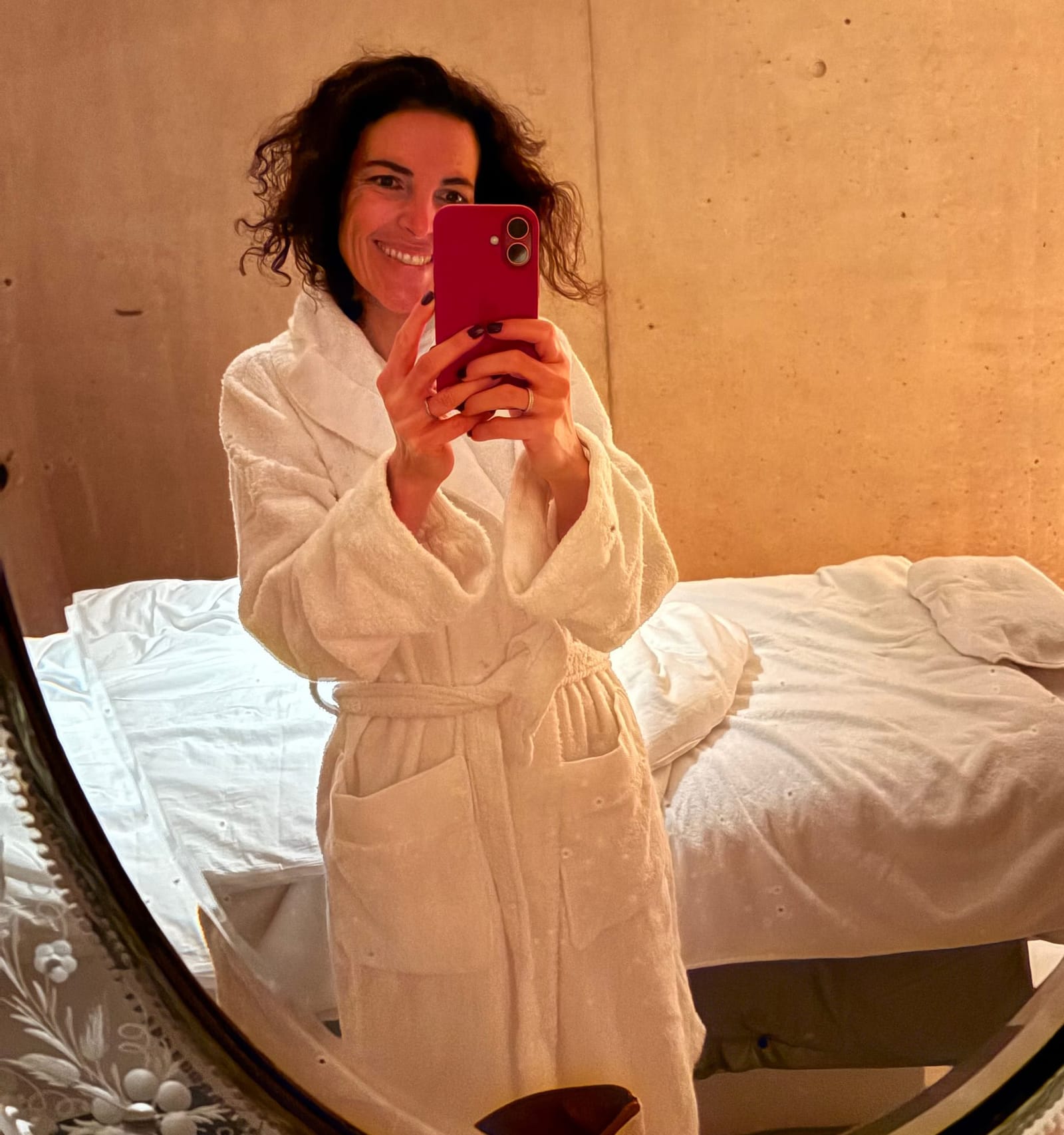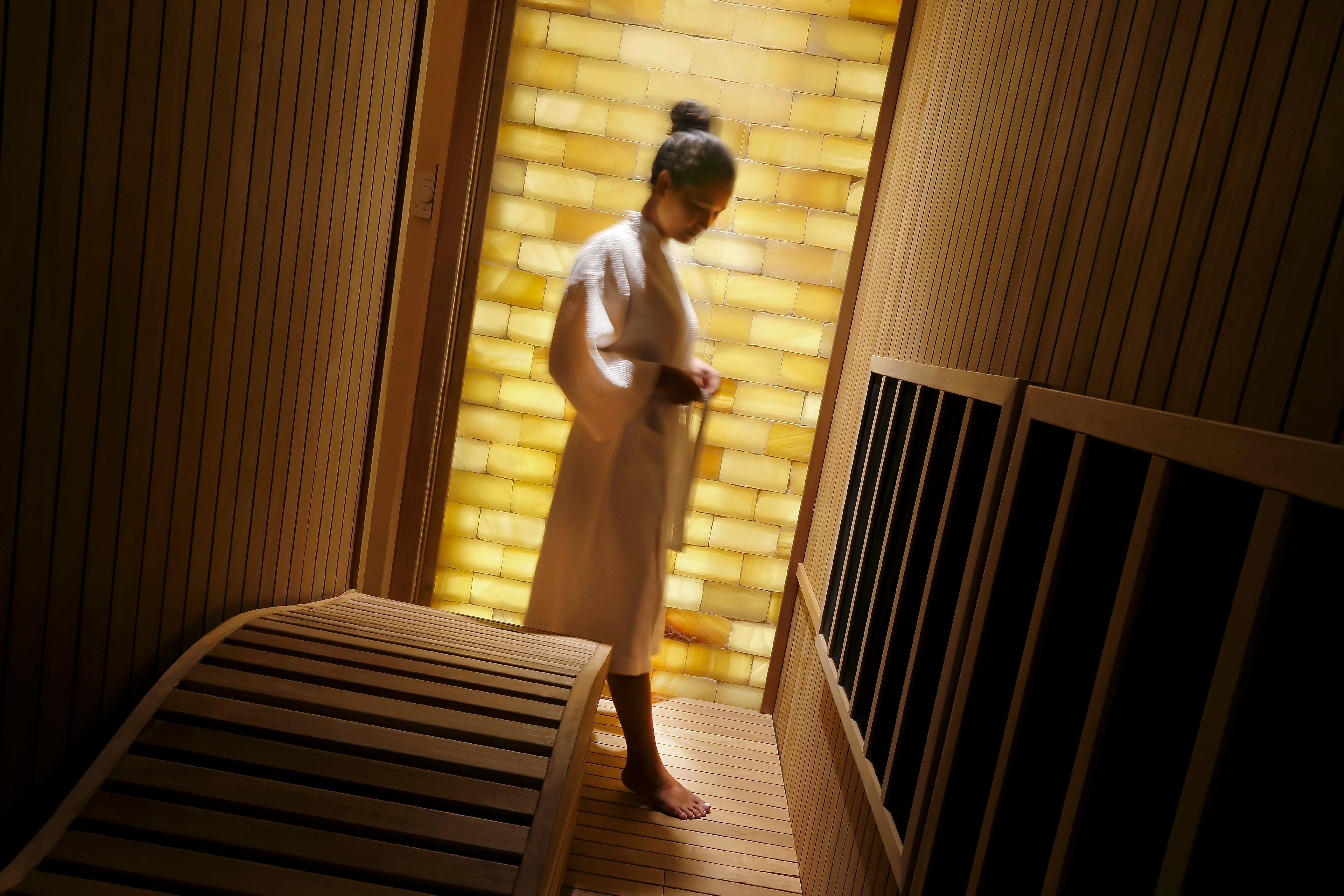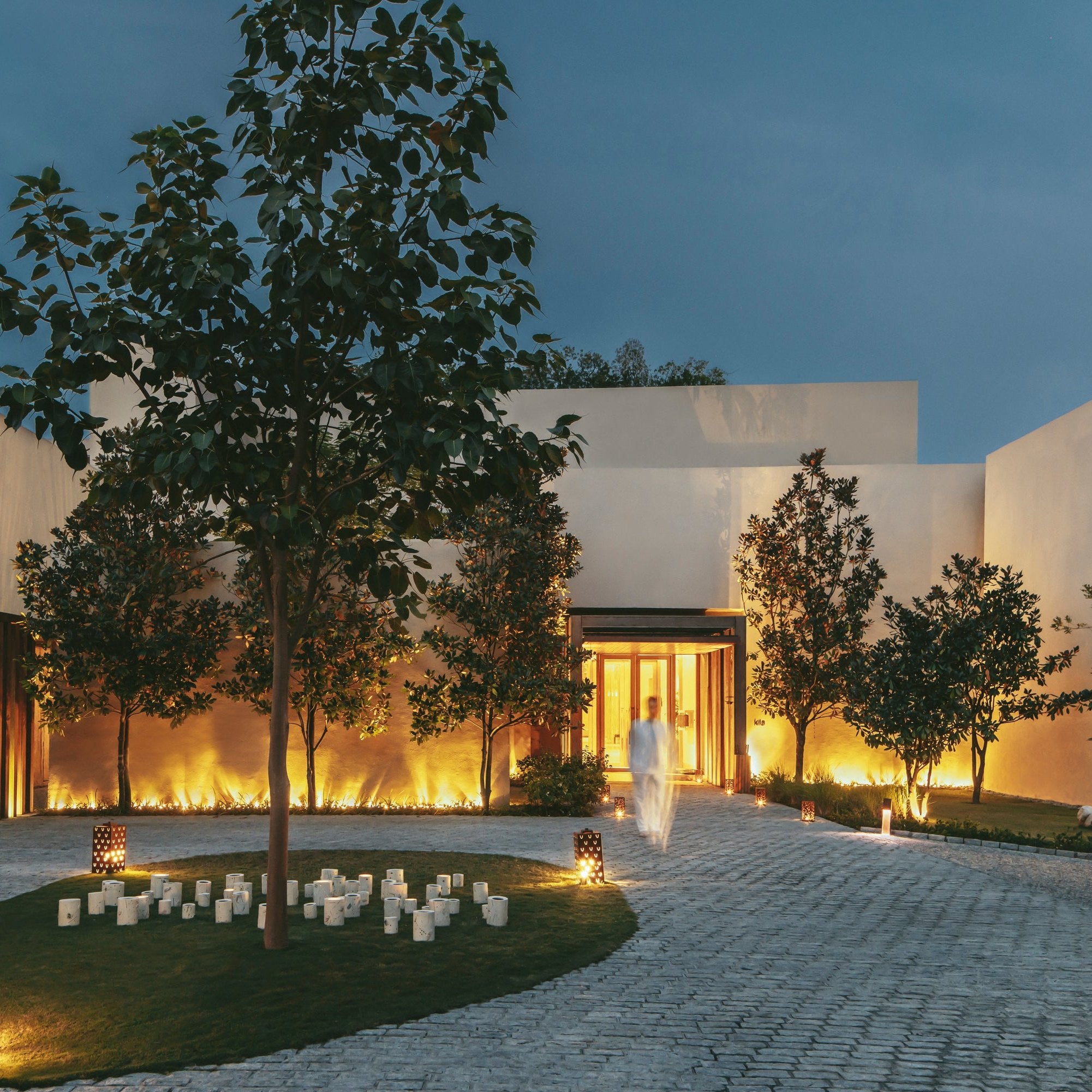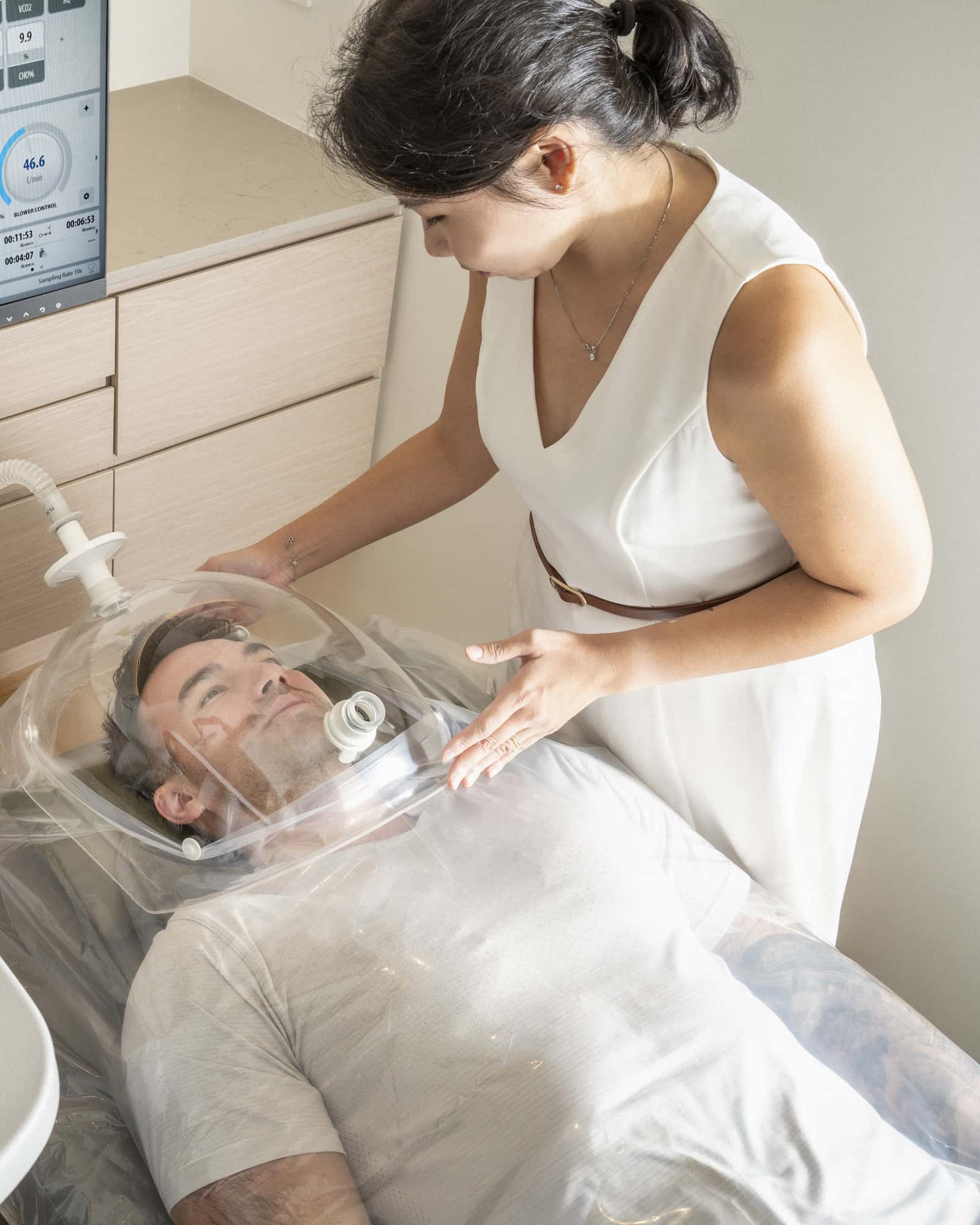As enjoyable as it may be, a wellness retreat is not just a one-time getaway: it’s an investment in your health and longevity. If you have experienced the transformative benefits of a retreat, you might wonder: when is the best time to plan your next visit?
Are you into short or intensive wellness programs?
The answer is: it depends! If you are into short wellness retreats (3-4 nights), the right rhythm is to retreat again after 2-3 months if you want lasting results (slowing down ageing), or every 3-4 months if you just want to stay at your optimal performance.
If you are into more intensive wellness retreats (7 nights or more), experts usually recommend to let enough time for your body to integrate the strong signals received during the retreat. But you don't want to wait too long either, as it is easier to maintain the positive effects and address the natural changes that occur over time, rather than "starting from scratch" again, in particular in terms of detoxification of the body.
We usually advise our clients to retreat again every 9-10 months, or even better, to plan a short retreat 6 months after the intensive retreat, and then the next intensive retreat 12 months after the previous one.
Here’s why these timelines work so well and how to approach your return, in particular after your first intensive detox retreat.
The Ideal Timeline for a Return Visit
Why 12 Months is Optimal
Seasonal Timing
What Changes Over Time?
Body Dynamics
Lifestyle Impacts
Key Benefits of a Regular Retreat
Most wellness retreats incorporate a thorough detox component, from digital detox for the mind to actual detoxification of the body. This detox triggers profound benefits for your physical health, emotional balance, and mental performance. The effects of the detox compound over time, if you embrace the cleansing on a regular basis, and in turn, this drastically decelerates your ageing process, and improves your longevity over the long term.
Physical Benefits
-
Eliminates toxins and metabolic waste.
-
Reduces inflammation and oxidative stress.
-
Improves circulation and hormonal balance.
-
Strengthens immunity and enhances the body’s internal defense systems.
Mental and Emotional Reset
-
Helps reduce stress and anxiety.
-
Improves sleep quality and mental clarity.
-
Promotes a refreshed and focused mindset.
Long-Term Wellness
Regular retreats integrating a detox component can lower the risk of chronic health problems, support healthy aging in optimal condition, and reinforce habits that sustain long-term well-being.
Addressing Individual Needs
Tracking Your Progress
The signs that it’s time for another retreat are often subtle: persistent fatigue, disrupted sleep, increased stress, or even minor digestive issues. Pay attention to your body’s signals to decide when it’s time to reset.
Customizing Your Goals
Over time, your wellness objectives may evolve. Perhaps you’re now focused on managing stress, addressing hormonal imbalances, or boosting your fitness levels. Retreats often offer specialized programs to meet these changing needs, while also working on fundamentals such as detoxifying the body.
A Retreat as Part of Your Annual Wellness Plan
Holistic Maintenance
Think of a wellness retreat as a cornerstone of your health strategy. Just as regular medical check-ups are essential to monitor your physical health, annual retreats provide a comprehensive reset for your body and mind, helping you stay ahead of potential issues.
Daily Life: Integrating Learnings
Each retreat is an opportunity to deepen your understanding of what works for your body and mind. Use the experience to refine your daily routines, from diet and exercise to mindfulness practices.
Choosing the Right Retreat for Your Return
Retreat Evolution
Many wellness retreats continually update their programs, introducing new therapies, cutting-edge treatments, and refined approaches to ensure optimal results. Returning to a trusted retreat can offer fresh experiences tailored to your current needs.
Destination Focus
Consider retreats known for excellence in specific areas. For instance, Chenot detox programs are excellent, while other destinations specialize more in menopause, stress management, fitness, or mental well-being. Selecting the right retreat ensures your return visit is both enjoyable and impactful.










